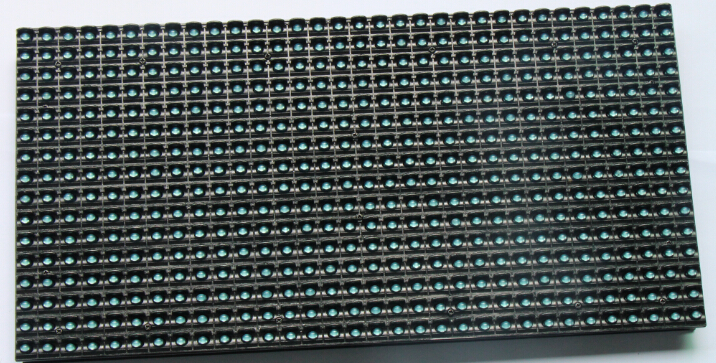“Whether the project is lighting a sign, building façade or parking lot, the Night Falcon LED flood light series satisfies a broad range outdoor needs for a cohesive look across an entire building campus,” said Terry Headrick, director of marketing and product management, Eaton’s Lighting Division. “This complete LED family combines superior illumination, integrated controls, versatile mounting options and a cost effective, robust design, while delivering significant energy savings and long term reliability.”
The Night Falcon series utilizes precision-engineered optics delivering superior uniformity and illumination to the targeted application. Maximum fixture spacing is achieved utilizing a wide 6H x 6V NEMA distribution, reducing the number of fixtures required and installation costs in select applications. The fixtures offer lumen packages from nominal 2,900 lumens to more than 33,000 lumens and are available in standard 4000 Kelvin (K) correlated color temperature (CCT) with 3000K, 5000K and 5700K CCT options and in a 70 color rendering index (CRI).
Designed to last 50,000 hours with lumen maintenance of greater than 93 percent, the luminaires incorporate an innovative thermal management design that maximizes heat dissipation, resulting in longer fixture and LED life.
For use in new construction and retrofit applications, the Night Falcon LED street light is built with the installer in mind. The Night Falcon LED Floodlight series is available in knuckle, slipfitter, and trunnion mounting configurations, providing mounting versatility while simplifying installation. Mounting options include cast-in angle increments to facilitate accuracy of aiming. The products are also available with wire guard and vandal shield accessories to protect the lens from projected objects and visors to control glare and spill light.
The Night Falcon series’ robust design features a heavy-duty, die-cast housing that is IP66 and 3G vibration rated for exceptional durability and long term reliability.
For pole-mounted applications, an optional integrated sensor allows the fixtures to be dimmed to 50 percent lumen output when no activity is detected, providing additional energy savings. This option complies with the new provisions of California Title 24. In addition, an optional National Electrical Manufacturers Association 3-pin and 7-pin photocontrol receptacles enable wireless dimming when used with compatible photocontrol.











